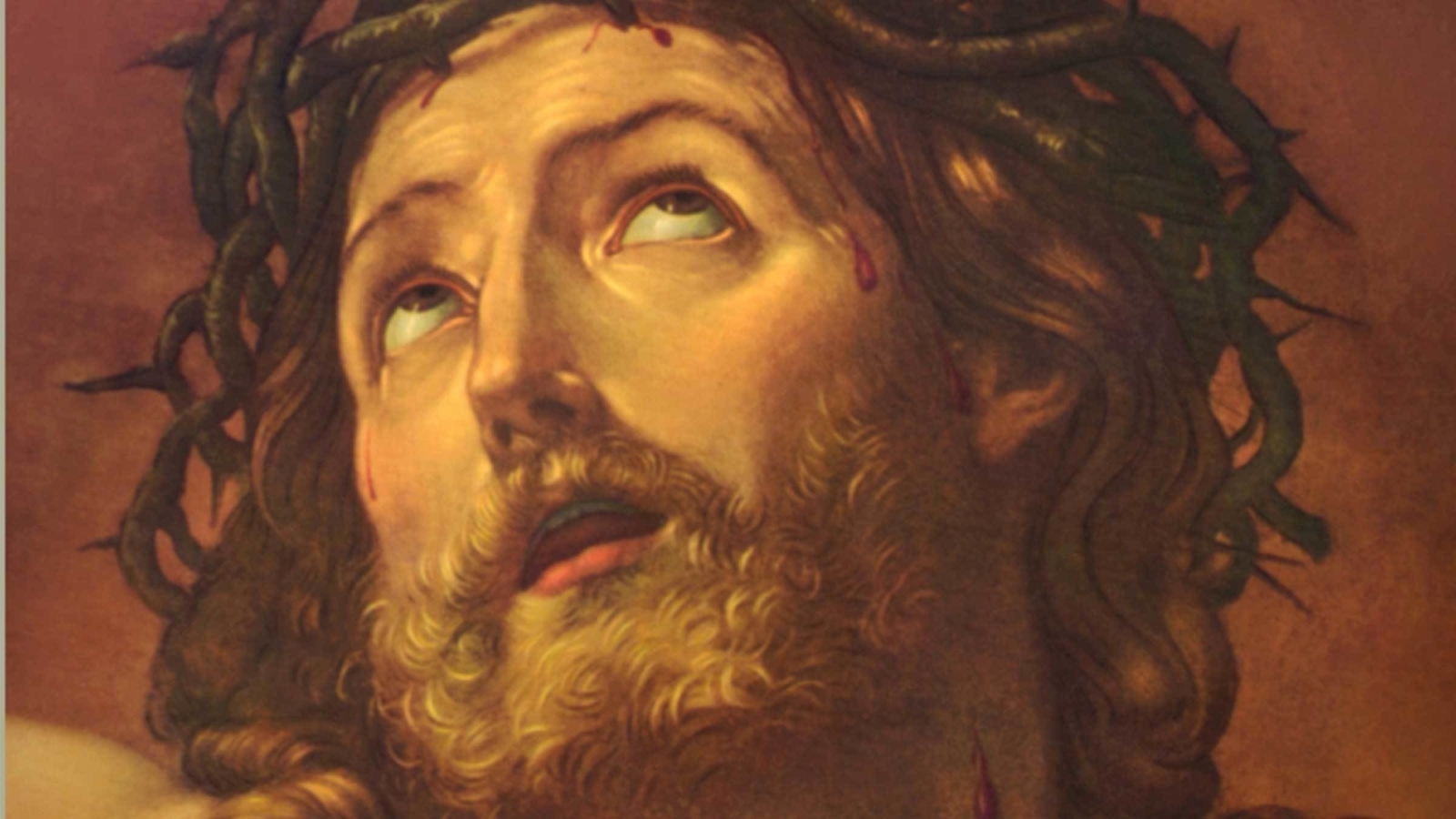
TOPICS:
Euthanasia In Canada
Sep 20, 2025 / Written by: Gary Isbell
A Compassionate Revolution or Moral Depravity?
Canada’s healthcare system stands at a crossroads that should terrify the civilized world. The nation introduced euthanasia as a compassionate effort to relieve the suffering of the terminally ill. It has metastasized into something far more sinister.
Its Medical Assistance in Dying (MAiD) program is now a government-approved conveyor belt to death. Euthanasia, the act of ending a person’s life, has evolved into a medical specialty, complete with conferences and professional development workshops.
In less than a decade, Canada has established the world’s most aggressive euthanasia system, now claiming more lives than Alzheimer’s and diabetes combined. This isn’t mercy—it’s a calculated devaluation of human life disguised as compassion.
Looking at the Stats
The statistics alone are shocking. Over 60,000 Canadians have been legally euthanized since 2016, with more than 15,000 in 2023 alone. Such deaths now represent nearly 5 percent of all deaths nationwide.
Some doctors have become specialists in killing. In 2023, over 5,300 euthanasia deaths were carried out by just 89 medical practitioners, averaging about 60 deaths per person in one year. Some Canadian doctors have become specialists in this type of murder, with one doctor administering fatal substances to over 400 patients.1
Canada ranks second only to the Netherlands in euthanasia, which is now the fifth most common cause of death in Canada. In comparison, Oregon, the first U.S. state to legalize assisted suicide in 1997, saw 367 people die in 2023, representing just 0.8 percent of all deaths in the state.
The difference is explained by the fact that Oregon and other U.S. states only allow assisted suicide, where a doctor provides the means for the patient to end their own life. MAiD deaths occurred where a doctor actively terminates a patient’s life.
Canada once boasted a universal “socialized” healthcare system. It can now say that it offers universal deathcare upon demand. Suffering elders are increasingly viewed as problems to be eliminated.
The Slippery Slope
Canada initially proposed the immoral use of euthanasia for those nearing the end of their lives. That narrow category expanded to just about anyone who claims to suffer.
Indeed, it is a slippery slope. Once assisted suicide becomes common, death is increasingly viewed as a way to escape suffering.
The government’s MAiD program was established in 2016 for Canadians whose death was “reasonably foreseeable.” The individual had to be suffering from a severe and irremediable medical condition causing lasting physical or psychological suffering to qualify for euthanasia. Terminal cancer was one illness that qualified for the MAiD program.
In 2021, MAiD was expanded to include those whose “death is not reasonably foreseeable.” Thus, people with disabilities or non-terminal illnesses, like paraplegics, could choose to have a doctor kill them.
The next expansion has already been enacted into law and will go into effect on March 17, 2027. This change will allow Canadians suffering from any type of mental illness to be eligible for euthanasia.
Reasons for Euthanasia
Canada now effectively permits euthanasia on demand. However, while there is pressure to be part of MAiD, most patients ask to be killed due to social, economic or some type of mental suffering.
The most commonly cited reasons for requesting death are the inability to engage in meaningful activities (over 95 percent) and being unable to perform the acts of daily living (over 83 percent).
Some 60 percent cite inadequate pain control as a reason. Over 20 percent listed isolation and loneliness. Nearly half note that they feel like a burden on family, friends or caregivers.
A Catholic Perspective on Suffering
The modern world teaches that suffering is the greatest possible misfortune that should be avoided at all costs. It’s therefore useless in the development of a person’s character.
This viewpoint is entirely at odds with the Catholic perspective on suffering. The Church teaches that suffering and hardship are inevitable in this vale of tears. Embracing suffering with courage builds character and helps people practice virtue.
From a spiritual point of view, Catholics understand that suffering accepted with courage and resignation can be a ticket to Heaven. Enduring pain, disease, disability and mental illness can all be offered up in atonement for one’s sin. It is a way to repent, do penance and amend one’s life as Our Lady at Fatima asked.
Suffering Is an Opportunity for Charity
In her book Start With What, Stephanie Gray Connors writes, “Every person, in some way, is suffering, and with that reality comes all kinds of opportunities to unleash love.”
Suffering provides the opportunity for people to care for one another. It’s a reminder that every person is a contingent being, dependent upon God and others.
A Catholic Understanding of Human Dignity
Dependency is mainly caused by illnesses like multiple sclerosis, which can devastate the body and make people entirely reliant on others.
People use this condition as a reason for what they call “dying with dignity,” which means ending life to avoid being disabled or dependent on others. Nearly 65 percent of people euthanized in Canada cited ‘loss of dignity’ as a source of suffering behind their request to die.
The notion that offering people an easy path to death represents compassion reveals a profound misunderstanding of human dignity. When society presents euthanasia as a solution to suffering, it delivers a chilling message to its most vulnerable members: Your pain has made you disposable.
The cruelest irony is that those who cannot afford to live comfortably are offered the most immoral alternative: not to live at all. This isn’t dignity—but economic eugenics.
When an atheistic society tells its suffering citizens that death is their most dignified option, it has already failed them. The real indignity lies not in enduring the struggle, but in abandoning those who struggle in a system that finds their elimination more convenient than their care.
The Immense Worth of the Individual
Every individual possesses something irreplaceable by being a reflection of God’s infinite qualities. This reflection cannot be bought, sold or diminished by circumstances.
Intrinsic human dignity does not depend on what one has achieved or how society judges one’s worth. It exists because personhood exists and because the human mind can reflect on its own existence and has a will capable of choosing good or evil.
This is ironic in a world obsessed with ranking and categorizing people. The CEO and the janitor, the saint and the sinner—all carry the same inherent value, not accidental value. Each person carries a plan of God that seeks to be realized.
Behind every wish or request to die is a desperate plea for help. The proper role of those who care for people’s health is to desire each person’s salvation. True healthcare includes spiritual well-being. Those who are suffering need the hope and faith provided by the Sacraments of the Church to know God and his plan for them, which will give them true meaning and purpose to life.
The Canadian deathcare system does not even consider these supernatural elements that determine the eternal destiny of patients. The great tragedy is that Heaven, Hell or Purgatory do not exist for the euthanizers. However, everyone must eventually learn the truth of these destinations.
In the name of relieving suffering in the short term, the system catapults its victims to long-term and eternal pain and anguish.
Footnote:



